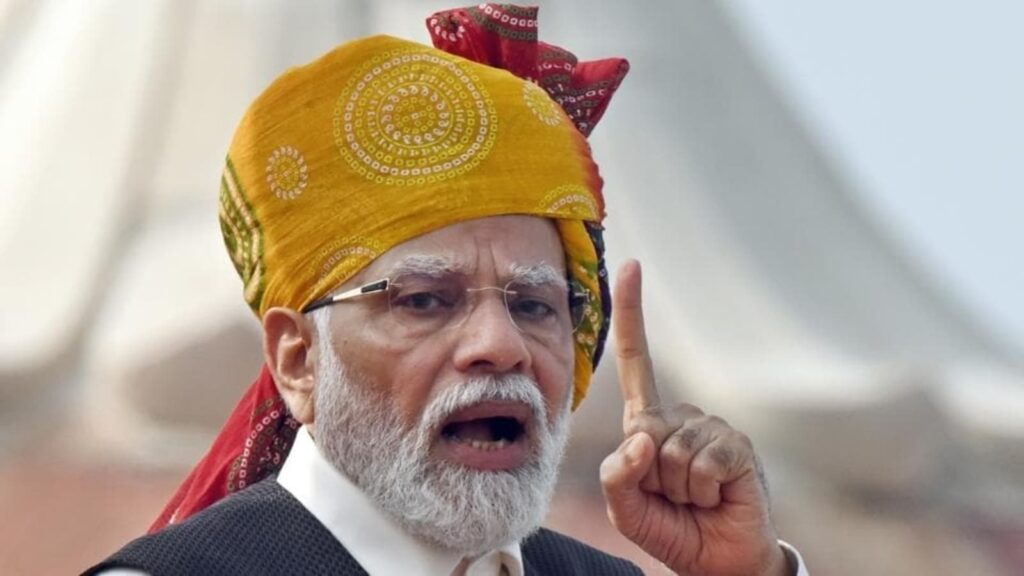In his Independence Day speech spanning nearly 90 minutes, Prime Minister (PM) Narendra Modi outlined his re-election pitch for 2024 and framed the challenge for the Opposition. There were three essential elements to this. The first was the clear signalling that the Bharatiya Janata Party (BJP) would run a positive campaign based on its achievements. Whether it be the narrative of a rising India taking its rightful place in the global order, a welfarist government protecting the most vulnerable, or a technological and financial power finally flexing its muscle, Mr Modi was clinical in touting his government’s talking points that will likely be the bedrock of his outreach come 2024. The BJP is cognisant that elections hinge on positive campaigns, and that the Opposition has come up short in the past on the national stage by running a largely reactionary campaign. This is a challenge for the Indian National Developmental Inclusive Alliance (INDIA) — first to translate abstract notions of democracy and inclusivity into tangible electoral issues, and second to not get bogged down in thorny questions of seat-sharing and leadership, surrendering the narrative to the National Democratic Alliance (NDA).
The second was the clear delineation of target groups — Other Backward Classes, middle classes, young people, and women key among them. These are the demographics that propelled the BJP to two Lok Sabha election victories, and these were the sections that Mr Modi chose to single out by announcing special schemes. The party is aware that mere fulfilment of first-generation demands (which worked wonders in 2014 and 2019) is unlikely to cut it in 2024 due to rising aspirations. This doesn’t mean that the window has shut for INDIA. In large chunks of the country, economic distress and social strife are still the defining experiences of many people, but the Opposition will need to come up with a credible alternative to match the BJP’s outreach.
The third was Mr Modi’s comments on the Opposition. Moving beyond his social welfare agenda, Mr Modi attacked his challengers as corrupt, dynastic and prone to appeasement. This criticism is not new, but the Opposition has found it tough to shake it off in the past. But can the unorthodox alliances and defections in states such as Maharashtra mar this line of attack? Will voters see through cynical arrangements made solely for the sake of power or will Mr Modi’s popularity triumph all? Whatever the eventuality may be, it’s clear that the speech will resonate far beyond the red sandstone walls of the 17th century monument.
Embrace independence with quality journalism
Save on HT + The Economist subscription


